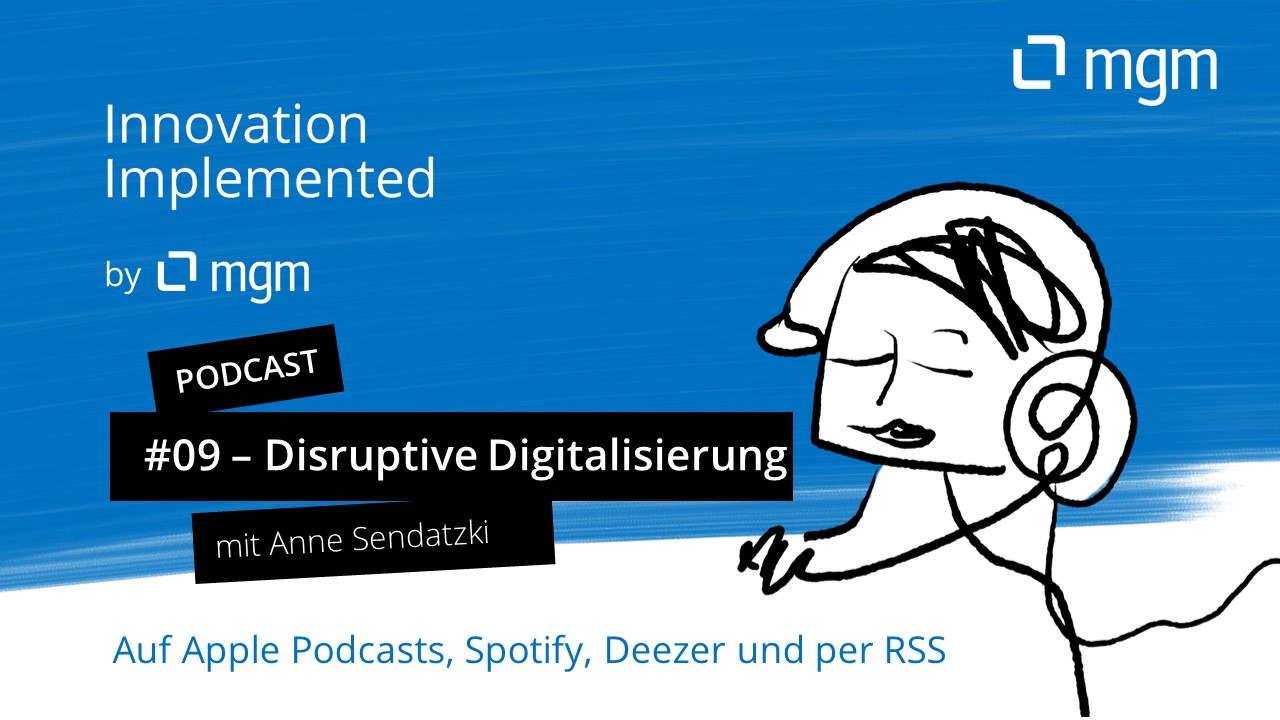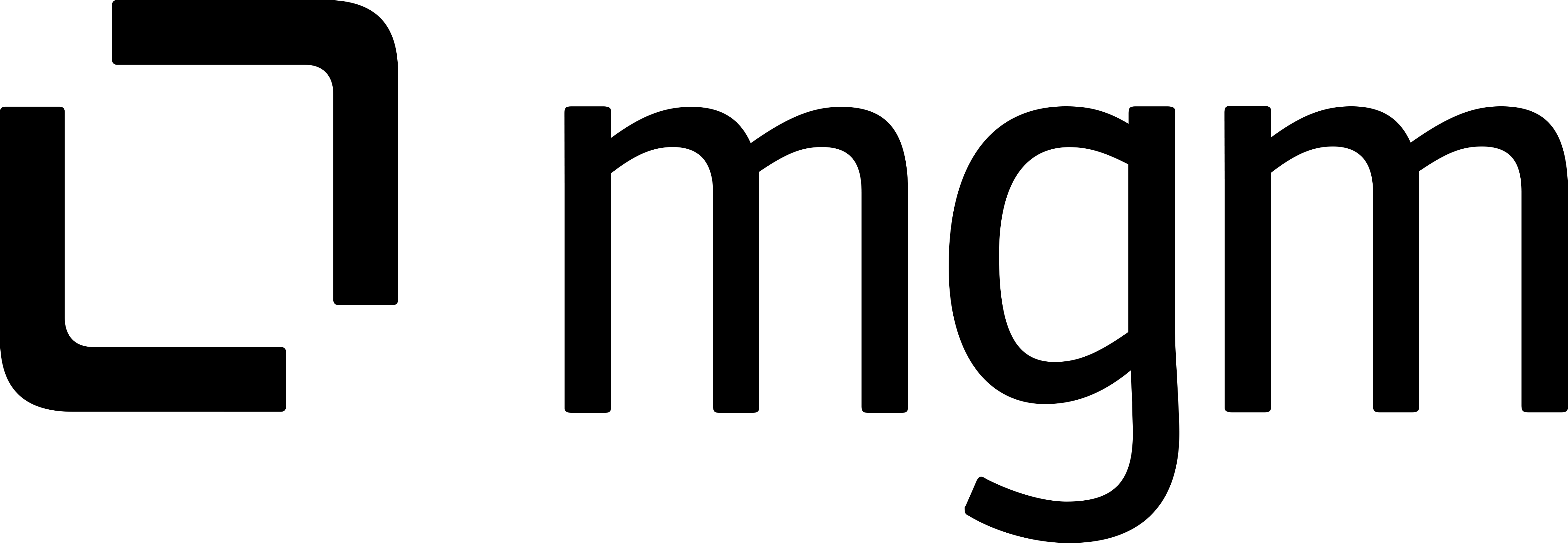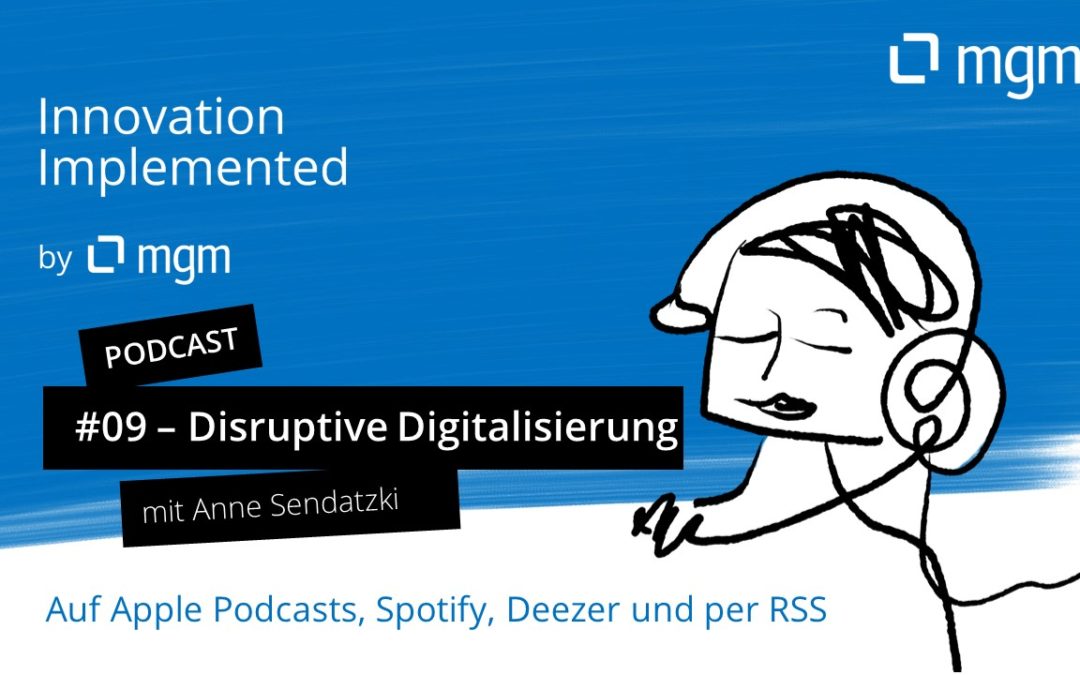
The sustainability of companies is most likely to be demonstrated in turbulent times. The corona pandemic is forcing companies to rethink. Working in times of corona crisis – a change, that confronts us with a number of hurdles in our new work routine. This will not only be a litmus test for the performance of the IT systems, but will also be a test of endurance for employees and managers in the home office. How does a company, for which remote work was previously rather a foreign word, deal with this sudden change? How can such a sudden digitization take place? And how do you take the employees along with you? Eva-Lotte Gnüg talks about this in an interview with Anne Sendatzki.
Listen to our mgm Podcast episode #09 or read the written interview below.
Interview
Eva-Lotte Gnüg: We are talking to Anne Sendatzki today about a company example that shows how the limitations of Corona can lead to more flexible and digital work. Anne, you have already been here with us in the podcast and have talked about self-organization. Would you nevertheless introduce yourself again in one or two sentences?
Anne Sendatzki: Sure. As I said: I am Anne Sendatzki, I have been with mgm for three years now, mainly in the role of the organizational developer, change manager and agile coach – as an agile coach I am currently with the company that we are talking about today in the podcast – and in these roles I am mainly concerned with self-organization, with more agile ways of working, i.e. with everything that is necessary for people and employees in the companies to be able to design the structures in which they work themselves. And that is what today will be all about.
Eva-Lotte Gnüg: Thank you. It’s nice that you’re here. The whole world is talking about Corona and tips and tricks for the home office. However, for this to work, the technical framework has to be in place. Today we are talking about how Corona can lead to a company going digital by leaps and bounds. But before we start, would you mind saying a few words about the customer environment BEFORE Corona. What was it like before the pandemic?
Anne Sendatzki: That is a good approach. It is a medium-sized, very traditional energy company in the south of Germany. The special feature is that all employees work at one location, spread over several buildings, but it is very locally centered at the site. Communication usually takes place face-to-face, i.e. via meetings that take place on site, or you can quickly go to your colleague’s office and clarify your concerns and questions there.
Tools such as chat or mobile end devices such as cell phones were rarely used there before Corona.
Tools such as chat or mobile devices such as cell phones were rarely in use there before Corona. In my role, I went there regularly, held my meetings there, and then drove back to Munich. And then there was Corona and everything changed a little bit.
Eva-Lotte Gnüg: Not just a little. About two or three weeks ago, the measures against the spread of Corona began. There are exit restrictions, you’re not supposed to go outside, you’re not supposed to meet large groups anymore, many companies have been banned from traveling to other locations. As an external consultant, it is difficult if you are no longer allowed to travel to the company, but it is also difficult for the company as a whole. You already said that everyone works directly on site.
Anne Sendatzki: Yes, exactly.
Eva-Lotte Gnüg: How did you deal with it? How did it start?
Anne Sendatzki: You have to look at it from two perspectives. One is that here in Bavaria we have somewhat tougher restrictions than in the rest of Germany. At the beginning there was an approach or measure to divide the teams and send the in separate groups in the home office in order to reduce the density of people in the offices. That was one thing. And the other measure was that the project had to continue because on April 1st many things went live in the IT systems. We dealt with it in such a way that when the increased restrictions started I converted all conferences and all meetings that we would otherwise have had on site into video or web conferences, and created a disruptive digitization in the company with the system that we also use internally at mgm.
We have converted all real meetings into video and web conferences, thus creating a disruptive digitization within the company.
That was the first step. Before that, of course, the infrastructure had to be set up accordingly, which means that in addition to the organizational aspects, the IT department was called in to hand out all kind of laptops and mobile devices that were available to employees. This had to be organized, and only then could mobile and digital work begin.
Eva-Lotte Gnüg: Exciting. If a company is not used to working digitally, holding meetings via MS Teams and the like, what are the problems that arise at the beginning?
Anne Sendatzki: The first hurdle was that all colleagues had to familiarize themselves with the different tools: How do I dial in? Is a password required? Which password is that? Do I have to download anything else? It wasn’t always easy for me to help there, because A) I wasn’t on site, and B) I dialed in via another channel, namely via the application itself, and not via the browser. That was the first hurdle, but it worked out great because the colleagues helped each other. If you have patience and keep calling for patience with yourself and others, within a day most of them have successfully dialed into the video or web conferences.
It was good that we did not leave out certain features that personal communication has in video conferences.
What was also good was that the participation in the conferences worked very well, because we did not leave out certain features that personal communication has. For example, with participants who were not muted, where the dog was barking in the background or the child wanted something, we included this in the conferences and reacted shortly afterwards. I think that was a very, very important signal, that you say “Hey, it’s a new situation, it’s a different framework, something can happen and come up in between, and it’s not a big deal, because we all have new experiences now, and that brings us closer together.”
Eva-Lotte Gnüg: I also experience it that way, and I think it is very nice to see how the tolerance for such things grows and that makes the change and adaption easier. Can you name us success factors that have helped you – it’s now two weeks since the change – to move from a company that used almost no digital products or held digital meetings to a company that now implements this almost completely? What has helped you?
Anne Sendatzki: What helped us, as I said before, was to be patient and to bring this up openly at the beginning and say “It’s new for everyone. Something can happen once, it’s not bad. We are now learning together in the process.” It has also helped to restructure these meetings, or rather, to point out the structure one would have anyway and say “Nothing changes. We have our agenda as usual. We don’t look at a big monitor, but you click here and see my screen, nothing changes.” That was a success factor. And it was a success factor that I was on site for a long time before and that people knew each other personally. When you have video or web conferences for the first time and you don’t know each other – you’re in a very focused setting, it’s a very focused setting, you only meet for this topic and all other non-verbal communication doesn’t take place – it’s very difficult to get to a personal or open level with the participants. If I compare this with other projects I have had where people have been sitting all over the world, it took a few weeks to get the first personal word. It was a success factor that we did not have to catch up. After week two I asked in a project retro how the situation was perceived and the feedback was very positive. It was said that the tool – not only the web conferences but also the chat tool – really makes the work easier and you are much more focused.
Especially that one was forced to work with these tools in order to be able to complete the project at all has led to many reservations being overcome.
Especially the situation that one was forced to work with these tools in order to be able to complete the project at all has led to many reservations being overcome. This shows how much the human being has his comfort zone, is concerned and has reservations. And with an agile approach I can only say: Do it and see how it is, and after two weeks say “Okay, that was good. That was not good. “We’re gonna have to change that,” instead of thinking about it like that.
Eva-Lotte Gnüg: Very nice how Corona shows various companies that it can work. One can only hope that they will maintain this attitude in the future. I do have one more question on this. You have now changed a few things; do you think that the employees in the company or the corporate culture in general will say after Corona – if there is a real “after” Corona – “Okay, back to our old ways of working and we’ll leave the whole digital thing as it is”, or do you see things that are well received, that people enjoy or where they see added value? Which are then continued when there is no longer any need for a home office?
Anne Sendatzki: I can very well imagine web or telephone conferences being used for those parts or tasks of the project that are very task-oriented and where people need to exchange information very quickly. In an agile environment, these are, for example, the dailies, where it is important to get together as quickly as possible and say “This is the current status. That’s the plan for today.” Formats that really deal with issues more profoundly, which for example include conflict issues or retros, where it is a matter of bringing up more complex issues, or issues that have to do with creativity and where you have to brainstorm, sit in a room and write something down on paper, I can imagine that it makes more sense to do this analogously and on site.
That’s the positive thing: You now have a handful of tools that you can use for different purposes.
That’s the positive thing: You now have a handful of tools that you can use for different purposes. When you also become aware of “What do I want to achieve with my team? Do I want to have a quick exchange? Do I want to think creatively about a solution? Or do I want to remove obstacles” and know exactly which tool and which way I can get there fastest, this is a very nice learning curve.
Eva-Lotte Gnüg: Very exciting. Thank you very much for these insights and for taking the time today. If we have also aroused your curiosity out there, if you have questions about the implementation of digitization or remote work, please contact us at info@mgm-cp.com. We will be happy to answer any further questions. In any case, we look forward to hearing from you. Many, many thanks for listening and see you soon. Bye.


Neueste Kommentare